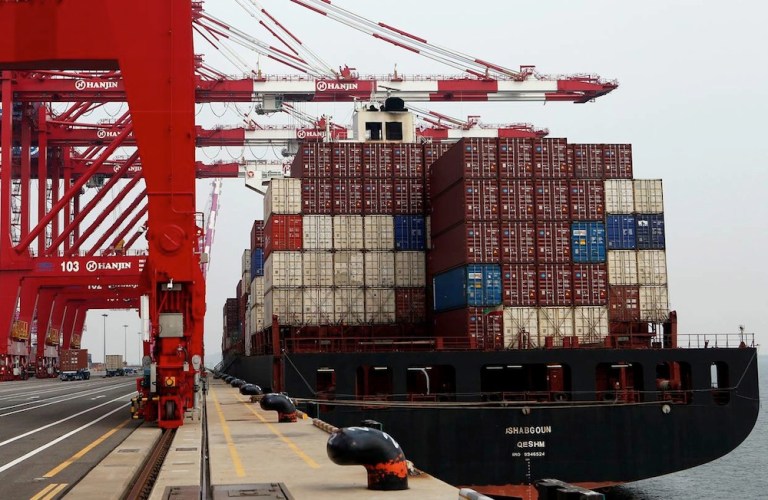
The bankruptcy of the world’s seventh-largest shipping line — South Korea-based Hanjin — could be the beginning of a big holiday headache for retailers with cargo currently trapped at sea in the Pacific. Creditors continue to fight Hanjin in an attempt to claim its ships, leaving the fate of billions of dollars in cargo still up in the air in what is now the third week since the bankruptcy blues started sounding.
Hanjin is the carrier for around 8 percent of the U.S. market’s trans-Pacific trade volume. The good news — such as there is any — is that a U.S. bankruptcy judge has (temporarily, at least) prevented creditors from seizing Hanjin’s ships, allowing them to leave U.S. ports.
Creditors were less than thrilled with the decision to “get these vessels moving” and complained that it contravenes both U.S. and international maritime law.
As of now, more than 100 ships and their cargo remain stranded at sea, and given the chaotic state of the bankruptcy so far, there is no plan to get them back into any port at all.
And ship seizures are beginning, particularly in China, where 10 ships have been snapped up by creditors.
Apart from lost cargo, Hanjin’s sudden absence continues to push up shipping prices during peak season when prices were already high. According to the Journal of Commerce, Hong Kong-to-Los Angeles spot rates spiked 40 percent last week, to $1,743 per 40-foot container. The cost of shipping goods from China to East Coast ports rose from $1,700 to $2,400.
U.S. retailers that work with Hanjin include Walmart, JCPenney and Target.
As of now, there is no end in sight for the Hanjin hiccup in the South Pacific, and holidays are now underway in its home Asian market, which will make a resolution unlikely in the next several days, despite the ships out at sea and the goods contained in them (not to mention the sailors growing increasingly low on food and water).